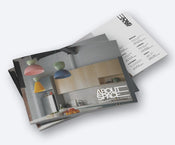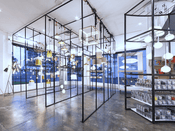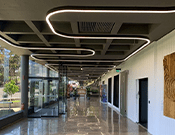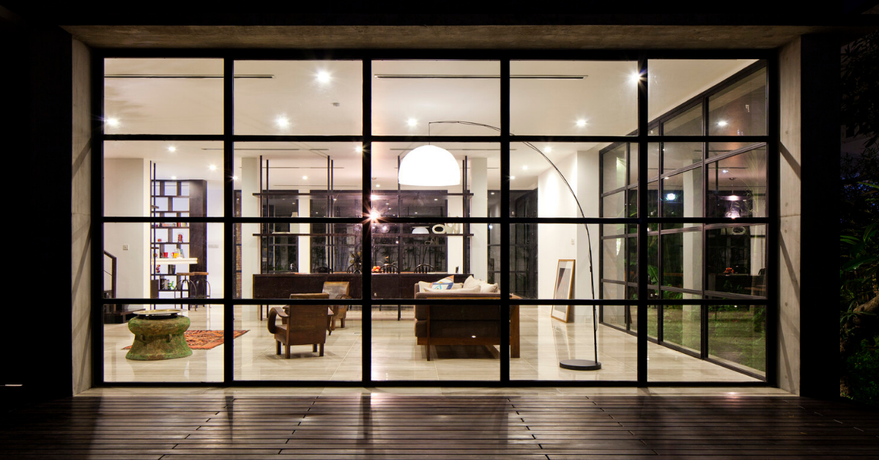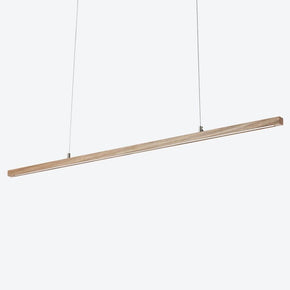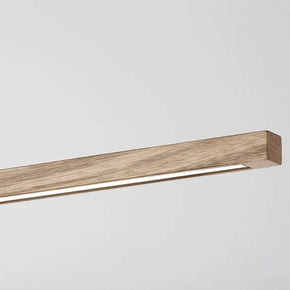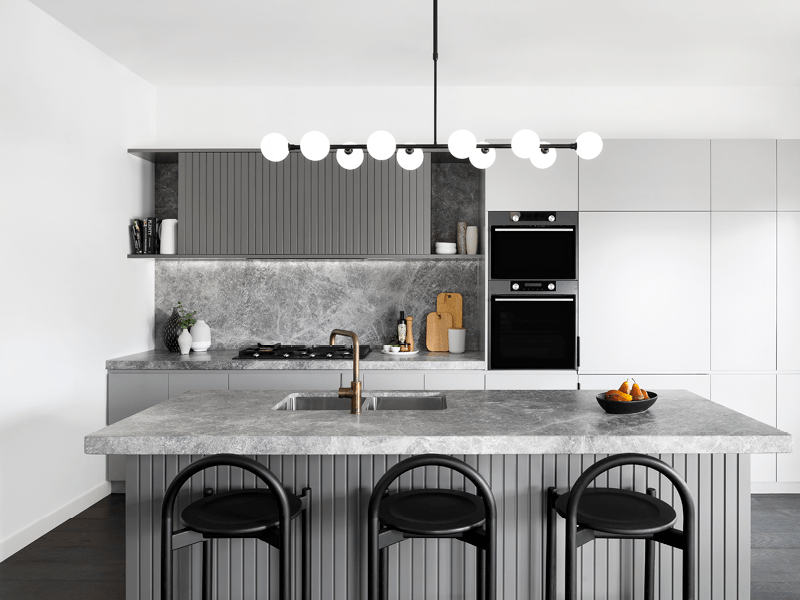- No products in the cart.
- ``
Why Lighting is so Important in Interior Design
18
Aug
You’ve spent countless hours creating your perfect space. But when the sun sets, it becomes overcast or you simply don’t have an abundance of natural light available, you may be wondering why your space doesn’t feel like all those pretty photos in magazines. The truth is to make your home, office or retail space shine, design and lighting need to be thoughtfully considered in tandem.
Lighting has the potential to make or break a design. This isn’t just for the purpose of functionality (which is important!), but in transforming your space to nurture ambiance, aesthetic appeal and set the mood. Lighting fixtures become a feature, task lighting boosts productivity, lighting temperature creates a comfortable and safe environment to relax. These are just a few ways interior lighting offers the ability to seamlessly combine style and functionality. Let's explore how you might light your next beautifully designed space.
Lighting and your Body Clock
Before we look at some of the design aspects lighting can offer, it's important to know why both for style and your health that lighting has become so important. Our inherent circadian rhythm or body clock is affected by light, where blue light (such as sunlight) triggers increased blood pressure and the production of cortisol to make us more alert. As lighting loses intensity and becomes warmer in the evening, our brains tell us it's time to relax and the production of melatonin helps us get a good nights rest.
The problem with modern lifestyles and technology is we’ve lost this rhythm. Our television screens, smart devices and traditional lighting doesn't offer the natural cues our body requires. This is why we’re designing spaces to not only look stunning - but look after your wellbeing.
Ambient, Accent or Task Lighting?
There is no one size fits all approach when it comes to lighting your space. There are a multitude of factors that should be considered as part of your lighting plan, including structural features, interior decorations and natural light to name a few. But to break things down simply, there are three types of lighting you’ll hear consultants like us discuss - ambient, accent and task lighting. Each of these serves a specific function, and you’ll often find them layered throughout a space to achieve a desired result.
Ambient Lighting
Ambient lighting does just as it implies - create ambiance. Ambient lighting sets the mood of a space and it lets us know whether we should be relaxed or alert. Ambient lighting is soft and sets the tone for your space. Most often, it’s either manually or (with smart lighting) automatically dimmable. This allows you to recreate the worlds ever so perfect rhythms within your space.
Ambient lighting provides visibility without comprising your mood or need for rest. Well designed lighting makes us better functioning, healthier humans. It’s no wonder why it's become a focal point of interior design. Types of ambient lighting include ceiling or wall fixtures that disperse light widely and floor lamps that fill the space with light.

Accent Lighting
More often architects and interior designers are having conversations where lighting is an integral part very early in the design process. Previously, lighting was seen as a finishing touch - something that just made sure we could see what we're doing once we ran out of natural light. But now, lighting does more than its most basic need. It brings our spaces to life.
Accent lighting is a more intense light that highlights a specific area or object. It lets architectural details, artworks, trinkets or anything your heart desires to become a feature. Accent light has become so important in interior design as it adds drama and style, something we’re all looking to implement to make our spaces more unique. Types of accent lighting includes track lighting, spot lighting, picture lights and wall lights.

Task Lighting
When we’re performing certain tasks, lighting is an important component that determines our productivity. Task lighting is the intense and concentrated lighting of an area where a task is to be performed. This usually includes things like lighting a desk for study or work, vanity lights for grooming or spotlights above a kitchen benchtop for preparing food.
Without task lighting, our spaces would not feel as if each had its own purpose - not to mention the importance of not potentially slicing through a finger next time your food prepping! Typical task lighting includes vanity lights, pendants, track lighting and floor, desk and table lamps.

Temperature and Colour Management
The coolness or warmth of your lighting is an increasingly popular method of defining space in interior design. The ‘K’ or Kelvin of our lighting can have a huge impact on our mood and the associated emotions we’re likely to feel in certain places. The higher the K, the more blue the light becomes. This is typical in galleries or salons where a high degree of either concentration or attention to detail is required. The lower the K, the warmer the lighting and this is typical in homes, restaurants and libraries.

A Final Word of Advice…
When it comes to making the important lighting decisions for your space, take the time to think of the purpose of that space and how you’d like to feel when you’re in it. The potential to break up spaces in your home with lighting offers the potential to boost your mood, productivity and overall health and wellbeing. So use it wisely!
If you’re looking to beautifully light your next space, our consultants would love to help. Get in touch or book a consultation today.
Image Source

